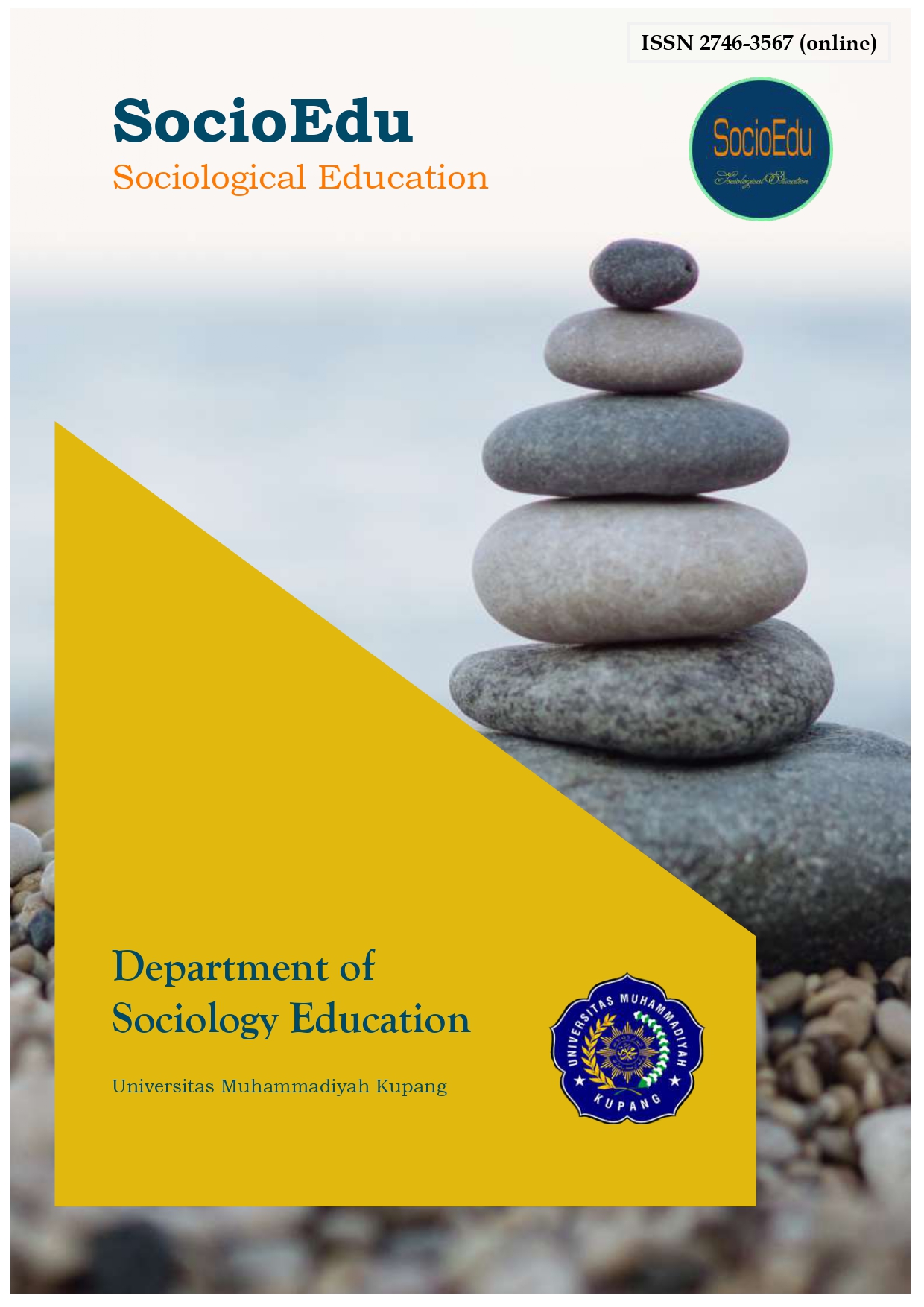Main Article Content
Abstract
Hidden curriculum refers to the beliefs, attitudes, and conduct of students in the classroom, apart from the explicit subject taught in textbooks. This paper has discussed how student participation at Amin Bazar Ideal School in Amin Bazar, Dhaka, has influenced and changed traditional gender norms and expectations. This was motivated by concerns that any subtle support of societal norms and expectations regarding classroom communications, teacher actions, and institutional policies symbolizes conventional gender roles. A quantitative approach was employed to collect data through questionnaires, interviews, and classroom observations to examine the influence of gender on student participation in academic and extracurricular activities. The findings indicated that the hidden curriculum significantly supported conventional gender roles, with girls being directed toward submissive roles and boys being encouraged toward assertiveness and leadership. Data analysis was conducted using SPSS software. The data present hidden biases that need to be addressed to ensure gender equality and a supportive and inclusive educational environment. The figures on student involvement illustrate that 55% of the respondents favor excellent engagement, 11% strongly agree, 44% agree, 38% are undecided, and 7% disagree. Classroom gender participation has no appreciable correlation with socioeconomic level or gender identity according to the Pearson Correlation Coefficient of 0.120.
Keywords
Article Details

This work is licensed under a Creative Commons Attribution 4.0 International License.
References
- Archer, L., & Francis, B. (2005). “They never go off the rails like other ethnic groups”: Teachers’ constructions of British Chinese pupils’ gender identities and approaches to learning. British Journal of Sociology of Education, 26(2), 165–182. https://doi.org/10.1080/0142569042000339522
- Blunch, N.-H., & Das, M. B. (2014). Changing norms about gender inequality in education: Evidence from Bangladesh. IZA Discussion Papers, Article 8365. Retrieved from https://ideas.repec.org/p/iza/izadps/dp8365.html
- Boyle, B., & Charles, M. (2016). Curriculum development: A guide for educators. SAGE Publications.
- Mead, G. H. (1934). Mind, self, and society. Retrieved from https://www.d.umn.edu/cla/faculty/jhamlin/4111/Blumer/George%20Herbert%20Mead%20-%20Mind,%20Self,%20and%20Society.htm
- Hemmings, A. (1999). The “hidden” corridor curriculum. The High School Journal, 83(2), 1–10. https://doi.org/10.1353/hsj.1999.0002
- Jackson, P. W. (1968). Life in classrooms. Holt, Rinehart, and Winston.
- Kean, M. E. (2017). Conceptualizing gender, contextualizing curriculum: A case study of teacher education coursework. Michigan State University.
- Kian, M., Ehsangar, H., & Izanloo, B. (2020). The effect of hidden curriculum on creativity and social skills: The perspective of elementary schools. Social Behavior Research & Health, 4(1). https://doi.org/10.18502/sbrh.v4i1.2828
- Lamptey, A., Gaidzanwa, R. B., Mulugeta, E., Samra, S., Shumba, O., Oliphant, J., ... & Kurki, T. (2015). A guide for gender equality in teacher education policy and practices. UNESCO.
- LeCompte, M. (1978). Learning to work: The hidden curriculum of the classroom. Anthropology & Education
- Quarterly, 9(1), 22–37. https://doi.org/10.1525/aeq.1978.9.1.05x1263n
- Lee, J. F. (2019). In the pursuit of a gender-equal society: Do Japanese EFL textbooks play a role? Journal of Gender
- Studies, 28(2), 204–217. https://doi.org/10.1080/09589236.2018.1504780
- Levtov, R. (2014). Addressing gender inequalities in curriculum and education: Review of literature and promising practices to inform education reform initiatives in Thailand.
- Margolis, E. (2001). The hidden curriculum in higher education. Routledge. https://doi.org/10.4324/9780203901854
- Osaki, K. M. (2000). Quality of education in Tanzania: A focus on curriculum, standards, and accountability in schools. Headmasters Conference on Education Held at Arusha, 11–12.
- Osipov, V. (2016). Men and gender equality in Armenia. UNFPA-Armenia. Retrieved from https://armenia.unfpa.org/en/publications/men-and-gender-equality-armenia
- Ponet, B., De Clerck, A., Vantieghem, W., Tack, H., & Vanderlinde, R. (2024). Uncovering the role of teacher educators in the reduction of inequalities in education: A critical discourse analysis. Social Psychology of Education, 27(3), 859–882. https://doi.org/10.1007/s11218-023-09707-6
- Porter, M. H. (2005). Community college and the re-entry student: Addressing obstacles that affect the success of non-traditional female students.
- Sadker, D. (2009). Still failing at fairness: How gender bias cheats girls and boys in school and what we can do about it. Simon & Schuster. Retrieved from https://books.google.com
- Schneiderhan, J., Guetterman, T. C., & Dobson, M. L. (2019). Curriculum development: A how-to primer. Family Medicine and Community Health, 7(2), e000046. https://doi.org/10.1136/fmch-2018-000046
- Silva, R. da, & Oliveira, J. (2022). Global education policy in African fragile and conflict-affected states: Examining the Global Partnership for Education. Globalization, Societies and Education, 20(4), 508–522. https://doi.org/10.1080/14767724.2021.1947201
- Skelton, A. (1997). Studying hidden curricula: Developing a perspective in the light of postmodern insights. Curriculum Studies, 5(2), 177–193. https://doi.org/10.1080/14681369700200007
- Streatfield, A. J., Rahman, M. M., Khan, S., Haider, M. M., Rahman, M., Nahar, Q., & Jamil, K. (2023). What shapes attitudes toward gender roles among adolescents in Bangladesh? Frontiers in
